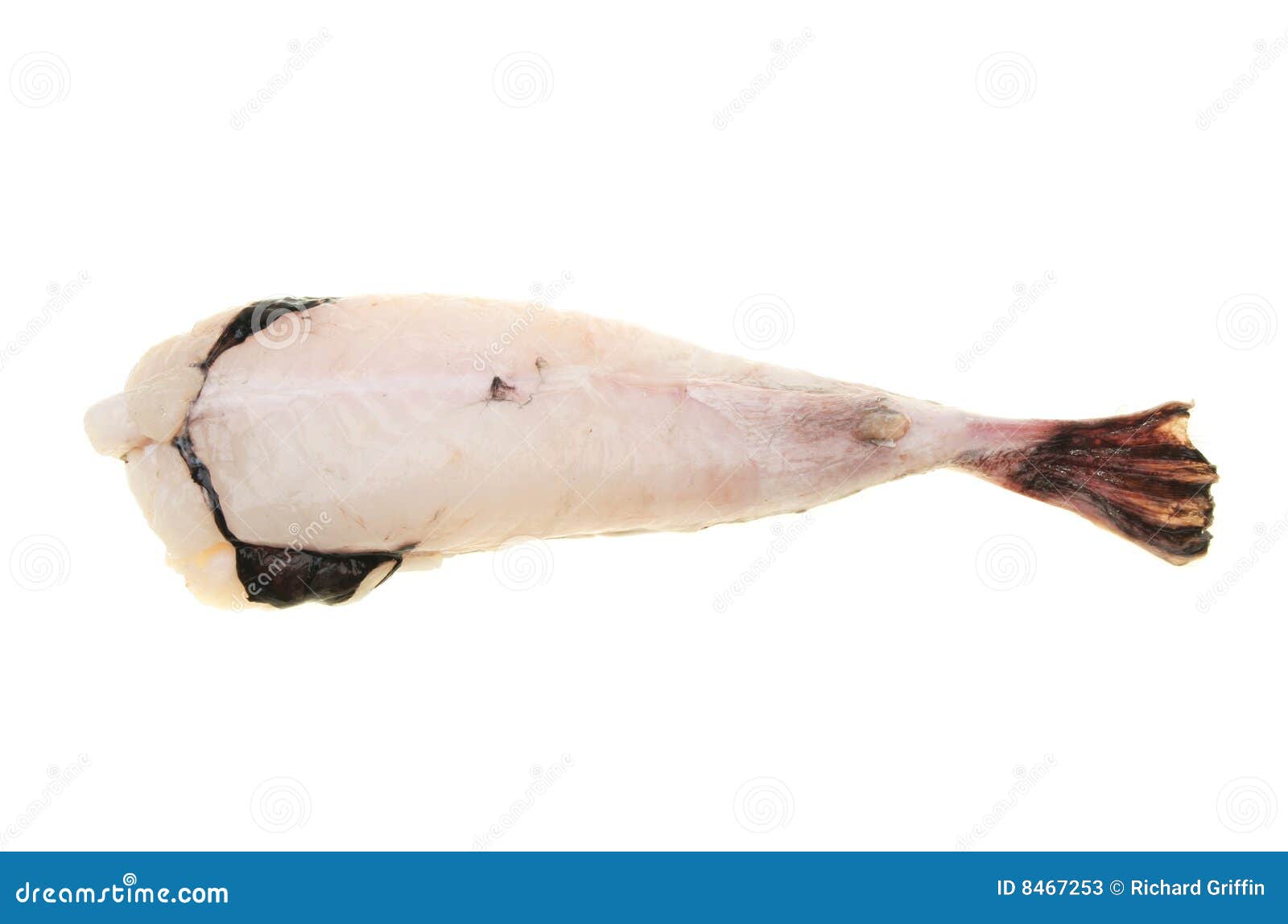

As with all anglerfish species, the longest filament is the first, which terminates in an irregular growth of flesh, the esca (also referred to as the illicium), and is movable in all directions this modified fin ray is used as a light to attract other fish, which the monkfish then seize with their enormous jaws, devouring them whole. Species of Lophius have three long filaments sprouting from the middle of their heads these are detached and modified three first spines of the anterior dorsal fin. These structures, combined with the ability to change the colour of the body to match its surroundings, assist the fish greatly in concealing itself in its lurking places, which are selected for its abundance of prey.
Spanish monkfish skin#
All around its head and along the body, the skin bears fringed appendages resembling short fronds of seaweed. The pectoral and ventral fins are so articulated as to perform the functions of feet, the fish being enabled to walk on the bottom of the sea, where it generally hides in the sand or amongst the seaweed. The wide mouth extends all around the anterior circumference of the head, and both jaws are armed with bands of long, pointed teeth, which are inclined inwards, and can be temporarily depressed to offer no impediment to an object gliding toward the stomach while still preventing its escape from the mouth. The head is large, broad, flat, and depressed, with the remainder of the body appearing merely like an appendage.

† Lophius brachysomus Agassiz, 1835 ( Monte Bolca, or Eocene anglerfish).Northeast Atlantic, from the Barents Sea to the Strait of Gibraltar, the Mediterranean and the Black Seaĭurban, South Africa as well as northern Namibia where it is found in Indian and Atlantic Oceans Japan, Korea, and the Yellow and East China seas. Miranda-Ribeiro, 1915Ĭoasts of northern South America, Central America, Aruba, Cuba, and Costa Rica Western Atlantic from Newfoundland and Quebec south to northern FloridaĮastern Ionian Sea while in the inshore waters of the United Kingdom The seven recognized extant species in this genus are: Image The North European species is Lophius piscatorius, and the Mediterranean species is Lophius budegassa. Lophius is known as the "monk" or "monkfish" to the North Sea and North Atlantic fishermen, a name which also belongs to Squatina squatina, theĪngelshark, a type of shark. Finish with a good grinding of black pepper and serve.Members of the genus Lophius, also sometimes called monkfish, fishing-frogs, frog-fish, and sea-devils, are various species of lophiid anglerfishes found in the Atlantic and Indian Oceans. Drizzle with extra-virgin olive oil, then place a monkfish fillet in each bowl and drizzle over the saffron oil. Stir the chopped coriander leaves into the beans, then spoon into bowls.Add the monkfish and fry for 4-5 minutes on each side until golden and just cooked. Heat the remaining 1 tbsp oil in a frying pan over a high heat.Meanwhile, in a small pan, gently heat 2 tbsp of the oil with the saffron over a low heat, then set aside to infuse.Return the drained beans to the pan and cook for 10-12 minutes.

Add the tomatoes and cook for another 5 minutes, then pour in the stock and season well. Add the garlic, chopped coriander stalks and ground spices, then fry for a few minutes more. Add the onion and gently fry for 10 minutes until softened.


 0 kommentar(er)
0 kommentar(er)
